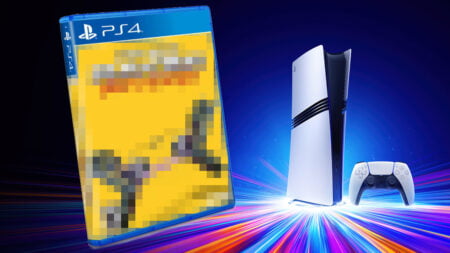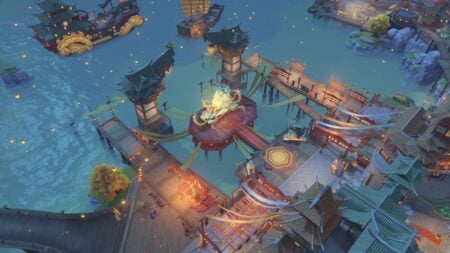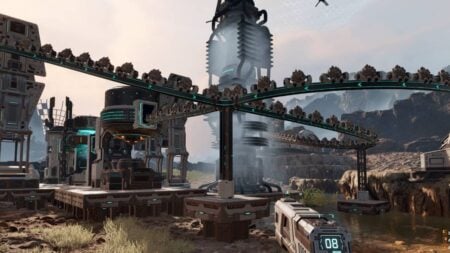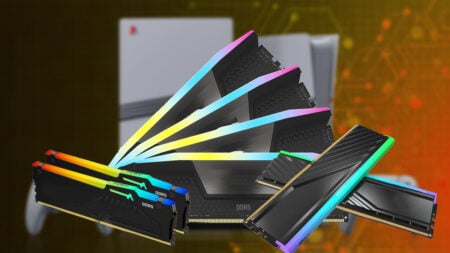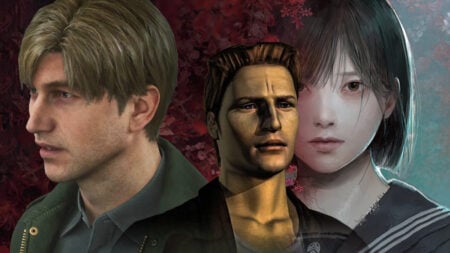Title: Hyrule Warriors Legends
Version Tested: New 3DS XL
Available On: New 3DS, 3DS, 2DS
Developer: Team Ninja
Publisher: Nintendo
Genre: Action
Official Site: Zelda.com
Release Date: March 24, 2016
Where to Buy: Nintendo eShop, Retail stores
Hyrule Warriors was a breath of fresh air when it released on the Wii U in 2014. It took the memorable characters, locations and enemies from the Legend of Zelda series and imbued them with the high-octane action that has defined Dynasty Warriors. Hyrule Warriors Legends for 3DS translates the screen-filling combos and hordes of enemies to the smaller screen with mixed results.

In order to ensure that the game runs as smoothly as possible, the graphics have been toned down quite a bit. It is still easy to make out what is happening on-screen, but the visuals don’t pop quite as much on the smaller screen. The number of enemies has also been significantly reduced, which slightly defeats the purpose of a Dynasty Warriors game. It isn’t as pretty as a console game, but the game still looks impressive. Very little other than fidelity has been sacrificed when porting the game to the handheld. The character models are all very sharp, especially when in motion. The combo animations are fast, fluid and show off some nice effects. Seeing what unique animations each new character had kept me trucking along through the crowds of Moblins.
The enemy animations didn’t receive the same love and care as the game’s diverse cast. The models are jagged and bland. The animations look very unnatural and most of the enemies run at a lower framerate in order to keep the rest of the experience as smooth as possible. This isn’t as noticeable when you’re running through crowds, swinging your sword wildly as you go. But when enemies start becoming more resilient and one-on-one battles become the norm, these problems stick out like a sore thumb.

The graphics may not be the prettiest on the system, but the music still stands out. Heavy guitar riffs add more punch to classic Zelda themes and deliver the perfect soundtrack to wage war across space and time to. It swells in the heat of battle and piano keys add a calming layer when a quiet moment presents itself.
Combat has three main buttons: a weak attack that can be mashed for a combo, a heavy attack that can be combo’d off weak attacks, and a special attack that is built up by killing enemies. The combos are laughably easy to learn, mostly because there are only four in total. These four combos are also the same for absolutely every character. So while every character has their own style and speed, each one plays exactly like the last. Unlocking new characters became slightly less fun as soon as this became apparent, which is a big part of the overall experience.

Tearing through hordes of enemies still feels as good as it ever did in Hyrule Warriors, but things really slow down when stronger enemies rear their ugly heads. Their health bars take a fair bit of hacking and slashing to wear down and pop up far too often to keep things interesting and fresh. They slow the action to a crawl and simply just get in the way of objectives. There may be fewer enemies on screen in Hyrule Warriors Legends than were on the Wii U version, but it still feels great to unleash Link’s special attack and send 40 Moblins soaring through the air.
Another great addition is the ability to switch between various characters on the battlefield. I was able to fight back hordes on one side of the map as Link, send Midna over to another objective and quickly tap the touch screen to take control of the princess of Twilight and obliterate my foes. In general, the touch screen is a valuable resource. It can be used to manage troops, switch characters and the constant map of the battlefield is something that is very difficult to do without. The battlefields aren’t the most straightforward maps, and I would have gotten lost at every turn if it wasn’t for the map.

The new characters that make their debut in Hyrule Warriors Legends all fit right into the established gameplay. Toon Link bounds across the field, lobbing bombs and swinging his oversized sword in sweeping circles. The biggest new addition to the cast – Linkle, the female version of Link – is a lot of fun to play. She twirls in circles, firing her crossbows at a seemingly impossible rate. She isn’t given too much screen time, but they flesh her out as her own character over the course of the story. It’s fun to see what crazy attacks each new combatant brings to the already chaotic flow of battle, but I still wish that there were more diversity to how they control. Yes, each character’s attacks have different ranges, fields of damage and usefulness, but the standard control inputs quickly became muscle memory and took all strategy out of the game.
As you battle with each character they gradually level up. This increases their overall power but I didn’t really notice any difference between a level 15 and a level 26. They just seem to be arbitrary. There is also a badge system that imbues each character with increased health, better defense or improved attacks. These upgrades require a lot of materials to get any actual use out of them. It isn’t always possible to hunt for these materials when the game pushes you to constantly run from one objective to another. Each character also uses unique weapons. These can all be upgraded and enhanced, but one again these changes are so incremental that they don’t add much to the overall experience. These additions are a nice touch but they only serve to overcomplicate a game that, at its core, is about taking out hordes of mindless enemies as fast as possible.

The core of the game hasn’t changed on iota. There are two main modes: Legends and Adventure. Legends is the game’s story mode, pushing you through various scenarios and letting you play around with the game’s diverse cast of characters. The story is the weakest link here (pun intended). Three villains who look like they were ripped straight from a Dynasty Warriors cut scene have broken the barriers of space and time. This is convenient because it opens up portals to various Zelda timelines. I fought my way through Hyrule Field, the Water Temple, Skyloft, the Twilight Realm and many more locations ripped from the games and transform to house thousands of enemies and towering bosses. These levels look the part, but they don’t look particularly nice. This mixed with the lackluster story and campaign progression makes for a disappointing main mode.
The gameplay loop in Legends modes consists of capturing keeps, leading CPUs to objectives and slowly shaving the health off of tougher baddies that begin to flood the field. At the beginning of my time with the game, I found myself dying or losing objectives more than half the time, which began to become frustrating, especially when my AI controlled allies had to be babysat every hour of every battle. The more I played the more I began to understand the flow of combat. But this didn’t increase my enjoyment of the game. Instead, every battle just became a routine. I would cut down any enemy standing in my path before charging towards the objectives. If a new objective popped up that needed my attention, then I would rush over and quickly dispatch the threat before returning my attention to the main task at hand. I rarely felt challenged, even when the odds were so clearly supposed to be against me.

Adventure mode, on the other hand, takes the attrition-filled gameplay and delivers it in smaller, more diverse bites. The map is laid out as the screens from the original legend of Zelda, in all their pixilated glory. You slowly expand the map, exploring every nook and cranny and hacking apart any enemies that stand in your way. The objectives aren’t just about capturing keeps and defeating a big boss. Most of them have time constraints; so the quicker you hack and slash the better your rating. In general, it has a lot more style than the story mode and the quicker nature of its bouts kept me far more engaged than the 30-minute wars I had to wage in the story mode. The combat is much more enjoyable when you get to let loose and unleash every attack in your arsenal.
Hyrule Warriors Legends isn’t a bad game, but it is a flawed one. The combat is still fluid and fun, but it’s at its best when you’re a one-man army, rushing forward to decimate hordes of villainous foes. The story mode is a slog but Adventure mode picks up the slack and delivers the action in quick, digestible portions that highlight what’s great about this spin-off series. It isn’t the best-looking game on the system but it manages to maintain what made the console version great while picking up some problems of its own.
[embedyt] https://www.youtube.com/watch?v=fBjy7mbhK7E[/embedyt]
- Gameplay: Hack and Slash’s gameplay focused around capturing objectives
- Graphics: Character models are nice for 3DS, but graphical style is drab
- Sound: new renditions of classic Zelda tunes
- Presentation: Looks much worse than original but runs well
[review]


